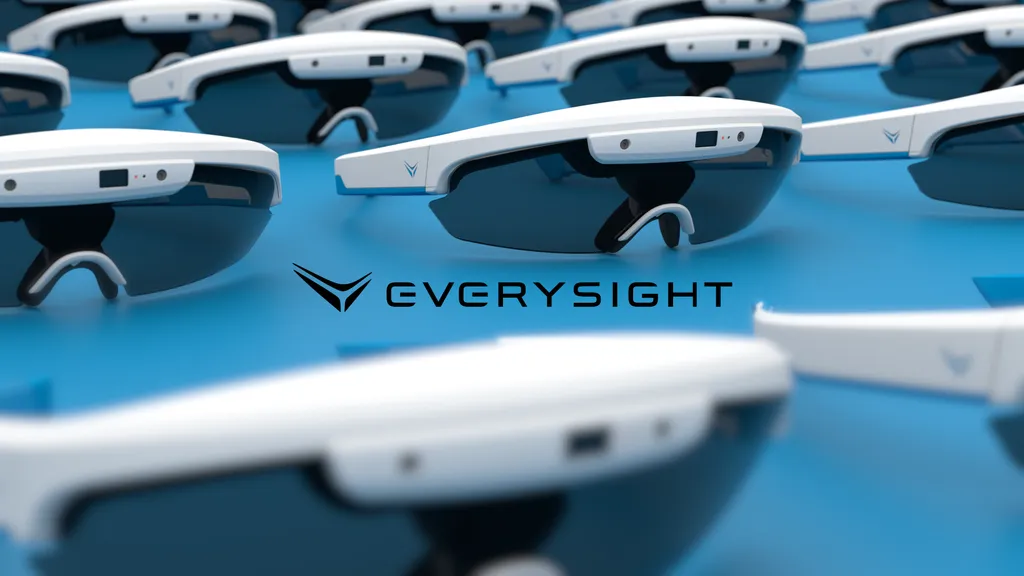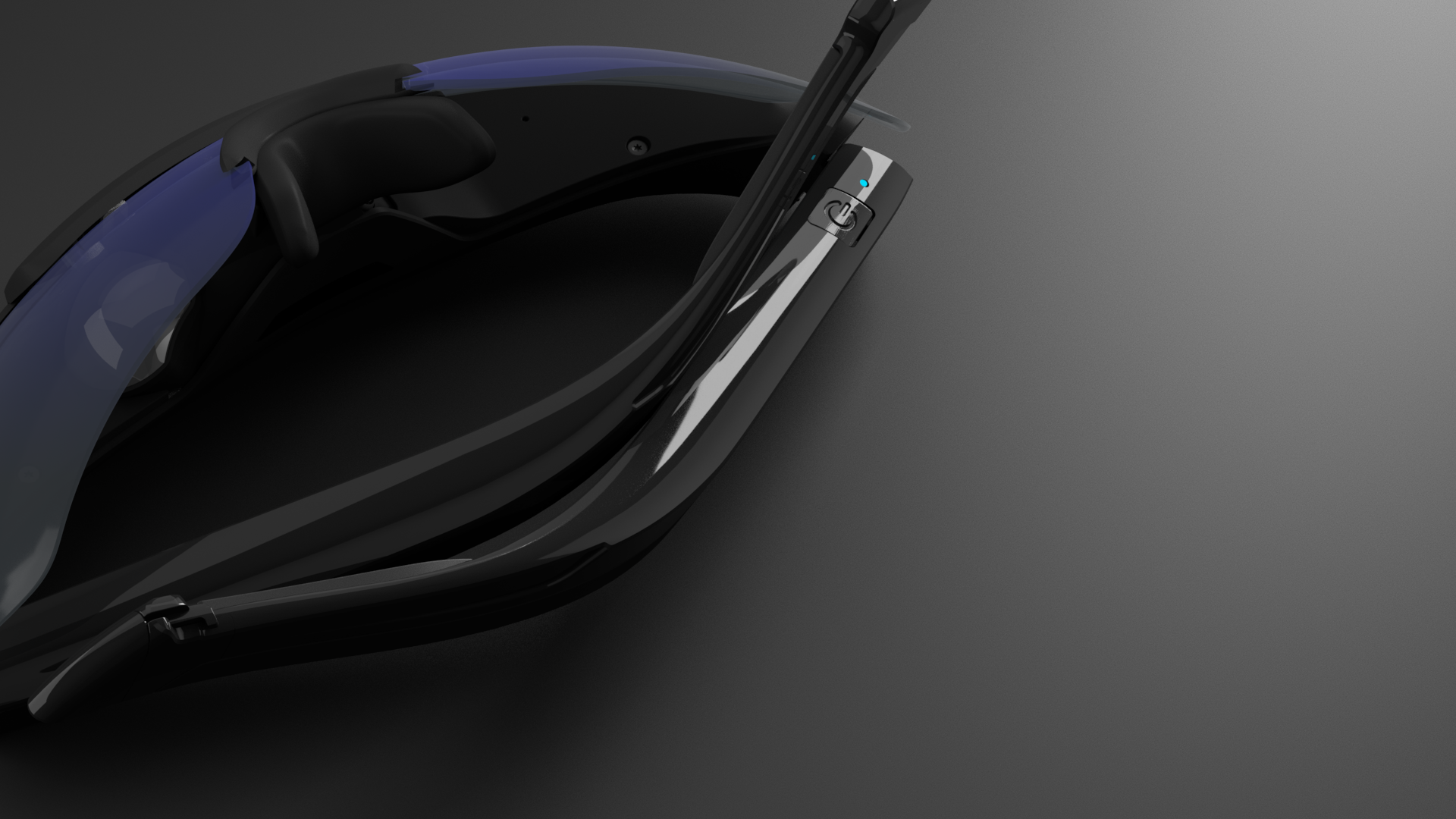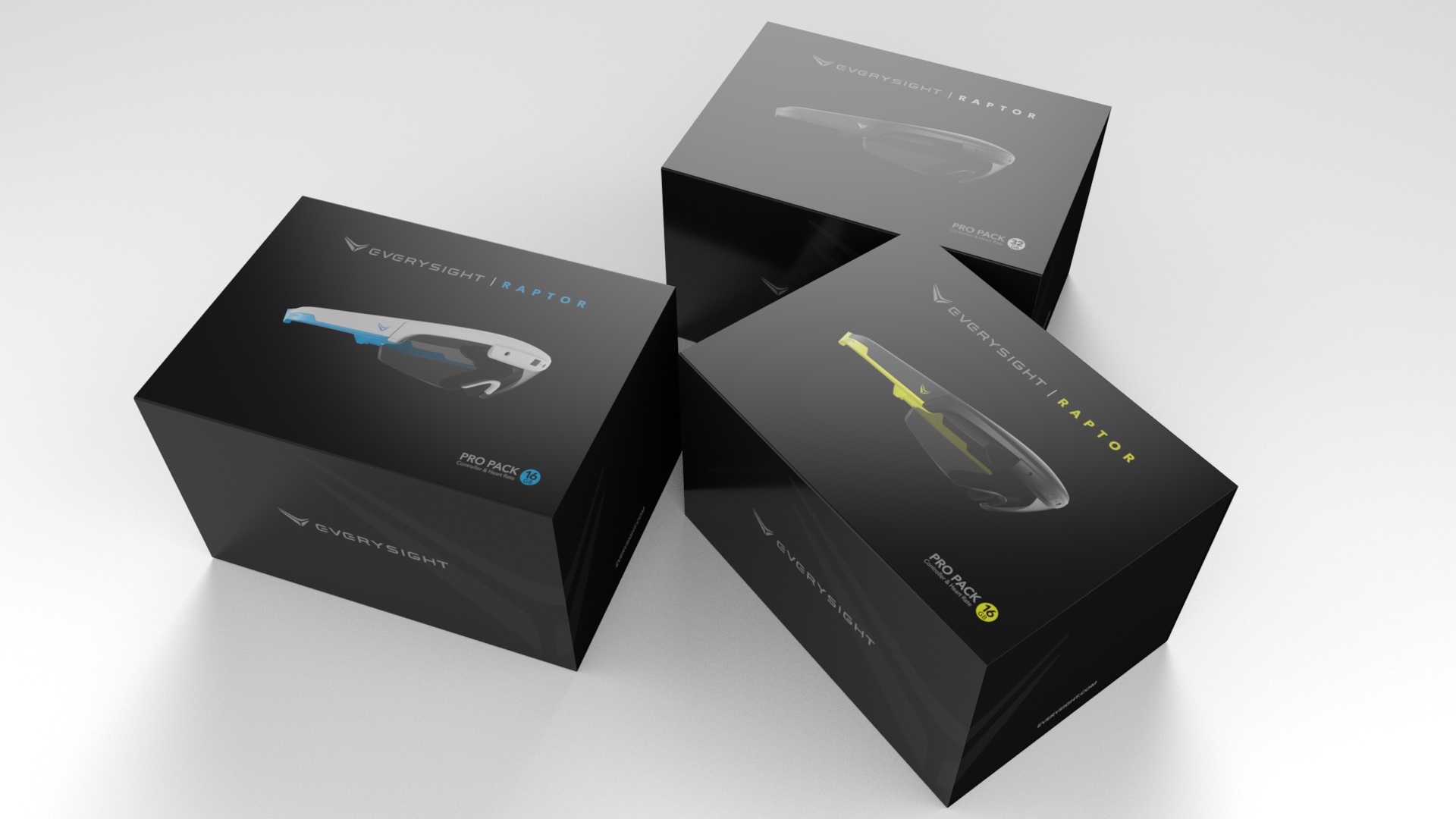When you spend your time covering the VR and AR industry you see a lot of really cool technology, but not all of it has clear real-life applications. The Raptor AR smartglasses from Everysight don’t fall into that category. From being used by hundreds of actual cyclists and sport enthusiasts around the world to serving a real, functional purpose, these aren’t just a niche within a niche with no audience. In this way the Raptor AR glasses are a bit of an anomaly since they’re actually useful.
Late last month in June I went to San Francisco to meet with leaders from Everysight and give the Raptor glasses a try for myself. Not knowing what to expect other than the fact that they were an AR device you put on your face I was pleasantly surprised.
Notably, the team showed me a short presentation that explained the origin of the company and the product. Many of the people that founded Everysight actually have a background in creating military-grade AR technology that’s used in the headsets of many of the world’s most talented military pilots. That’s the same underlying foundation behind the Raptor glasses as well. After years of iteration and development they’ve finally landed on a consumer-grade product they aim to bring to market at some point this year.
Unlike the Google Glass and many other AR devices that we’ve seen in the past, the Raptor doesn’t display information within the lenses themselves. In fact, the actual lenses in the glasses are just standard lenses you’d find in most other cycling goggles — that’s precisely why they’re able to maintain a sleek, attractive, and accepted style that doesn’t look out of place when they’re being used. Instead, they have a little device wedged near the nose support of the glasses that “beams” everything onto the lenses sort of like a projector.
On the left side of the frame I can click a button to turn the display on and off instantly — no power up or power down time necessary. On the right side it works like a touch pad that can be swiped up, down, left, or right, to cycle through options. There’s also a little button pad with a handlebar mount included in the box that can operate the glasses too, that way you never have to take your hands off the bike.
Now for the actual intention of the glasses, you can watch the video embedded near the top of this article. Essentially, all of the key information a cyclist would need to know while riding is displayed within your field of view, on the lenses, at all times. You don’t have to look down at a speedometer or GPS while riding — it’s just right there. All of the data is see-through so it doesn’t really get in the way and if you want you can even adjust it to appear near the bottom or near the top of the glasses to get it out of the way more.
One of my biggest concerns when I learned about the Raptor glasses is that I thought having all of that information in my face would be super distracting. As someone that wears glasses in everyday life I get annoyed if even just a speck of sweat is on the lens, but luckily these never bothered me. I could honestly look straight through and past the info to see the road just fine. For my demo I just took a walk down the street and it worked beautifully. Since I need to wear corrective lenses at pretty much all times they make a variety of prescription strengths and they popped right in behind the tinted lenses of the glasses.
The most impressive feature to me was the built-in camera. Similar to Snap Spectacles, you can have your Raptor snap an image and even record video directly. It’s seamless, painless, and much higher quality than you’d expect. For example, the included image below was taken during my demo while I walked around the streets of downtown San Francisco:
Another great feature is the inclusion of an on-board GPS within the glasses themselves. You can upload routes to the device and it displays a tiny little map that accurately tracks where you’re going and where you’ve been. The best part is that it actually knows which direction you’re facing — something a smartphone still can’t do in my experience.
As they stand currently the Raptor AR glasses are impressive, comfortable, and extremely useful. The Raptor features a quad core CPU, 2GB of SDRAM, 16GB or 32GB of internal storage, full Android OS, accelerometers, gyroscopes, magnetometer, barometer, and proximity sensors to sense when it’s being worn. For connectivity every Raptor includes Bluetooth, Wi-Fi, and Micro USB for charging and data transfer. The battery should last up to 8 hours and you can even control many of its core features using your voice.
Now as impressive as all of that is, that’s just the shipped product’s feature set. During my demo they also showed me a dev kit version as well that developers are currently tinkering with while utilizing the Android OS. The team showed me some WIP features like streaming video, checking social media, or even checking the weather using the Raptor glasses. They’ve got grand ideas for a future where people can look around them in the real world to see restaurant recommendations in the immediate area. Most of that is all theoretical right now though.
Everysight is targeting to release the Raptor AR smartglasses this year in the US and Europe with direct sales at first. No exact date or price are announced yet. Let us know what you think of the glasses down in the comments below!






























